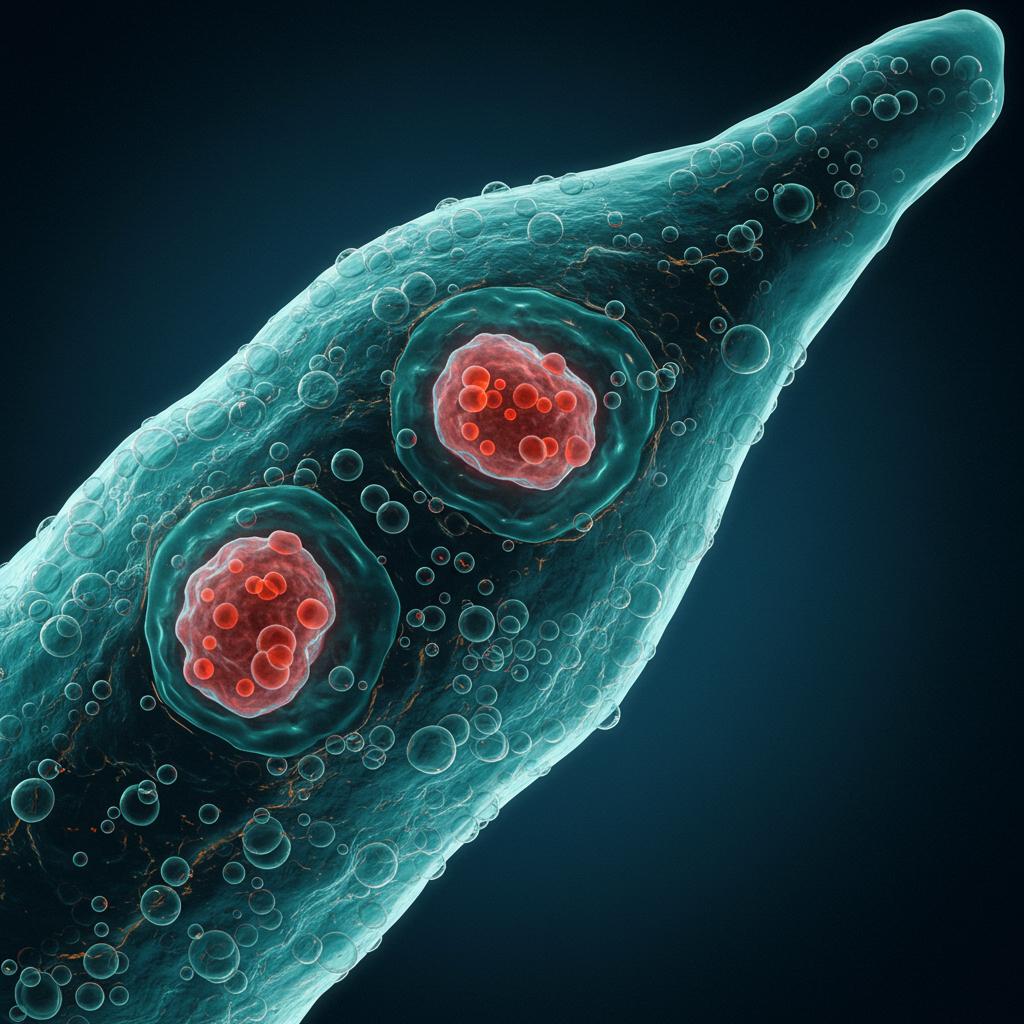
Ever wonder what happens inside a glioblastoma (GBM), the most aggressive type of brain cancer, after it’s treated with standard therapies? It’s a complex story, and frankly, we haven’t fully understood it until now. Recent research has shed some light on this intricate process, specifically looking at IDH-wildtype GBM, which is the most common type. This type of GBM doesn’t have a specific mutation in the IDH gene, making it a tougher nut to crack.
Scientists took a deep dive into the cellular and molecular makeup of these tumors, analyzing samples from 59 patients both before and after standard treatment. They used some pretty sophisticated techniques like single-nucleus RNA sequencing and bulk DNA sequencing. Think of it like taking a high-resolution snapshot of each individual cell in the tumor and then analyzing the entire tumor’s genetic code. This allowed researchers to track how the tumor’s environment changes over time.
Here’s what they discovered:
- The Tumor Shrinks, but the Story Doesn’t End There: The most noticeable change after treatment was a decrease in the number of cancerous cells. This sounds like good news, right? Well, it is, but the story doesn’t end there.
- A Shift in the Neighborhood: As the number of cancer cells decreased, the number of normal brain cells, like glial cells and neurons, actually increased within the tumor environment (also known as the tumor microenvironment or TME). This might sound counterintuitive, but it reflects the complex interplay between the tumor and the surrounding brain tissue.
- Cancer Cells Play a Game of “Shifting Identities”: The dominant type of cancer cell within each tumor often changed between the initial diagnosis and recurrence. Interestingly, no specific cancer cell type was unique to either the initial tumor or the recurrence. It’s like the cancer cells adapt and change their characteristics in response to treatment.
- No One-Size-Fits-All Path: There wasn’t a single, predictable pattern of how these cancer cells evolved across all patients. Each tumor seemed to follow its own unique evolutionary path, highlighting the inherent complexity of GBM. However, researchers did identify some common trajectories within smaller groups of patients.
- A Constant Dance Between Cancer Cells and Their Environment: The changes in the types of cancer cells mirrored changes in the surrounding TME. This suggests that the tumor and its environment are in a constant state of interaction and influence each other’s behavior. It’s a dynamic ecosystem, constantly evolving.
This research provides a much-needed roadmap for understanding how GBM evolves after treatment. It underscores the importance of considering the tumor’s environment, not just the cancer cells themselves, when developing new therapies. By understanding the diverse paths that GBM can take, we can move closer to developing more personalized and effective treatments. This research also highlights the role of the tumor microenvironment and how it can be modified by treatment, offering new avenues for therapeutic intervention. It’s a complex puzzle, but with continued research, we’re getting closer to finding the missing pieces.
